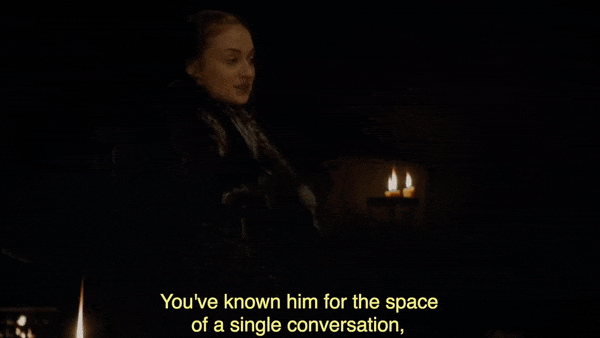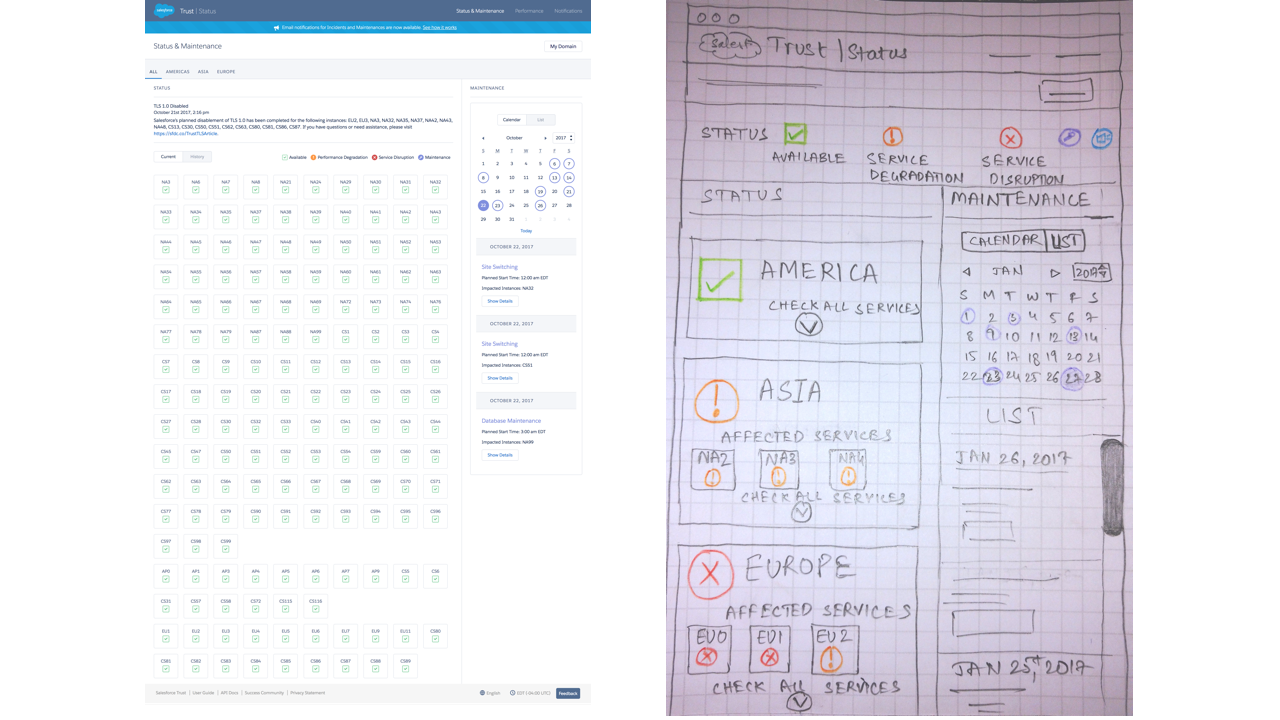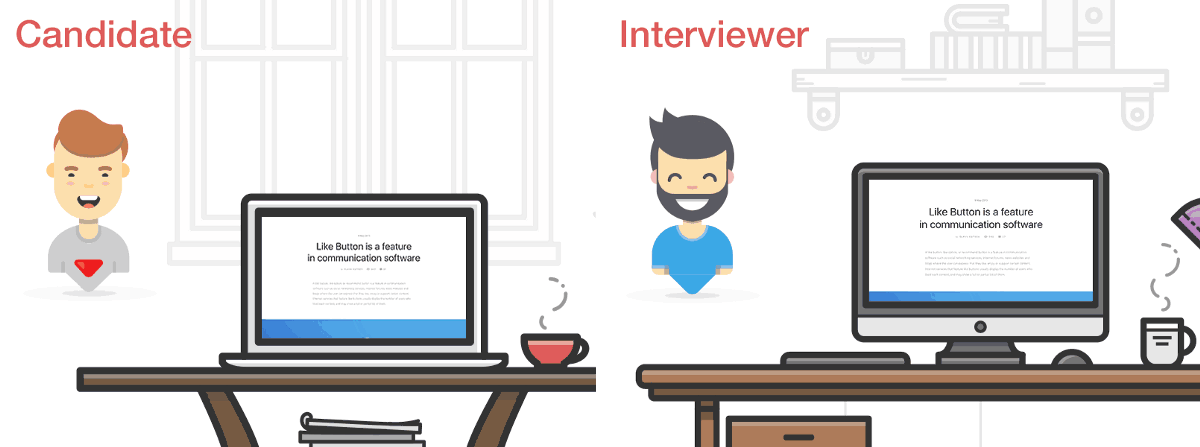#1 Do Your Research
Being a UX Designer, I use research to understand the problem at hand, know my audience, and gather enough context information to make an informed decision for further steps. Research is an integral part of my design process and I apply the same to interviews.
In most cases, especially UX Interviews, the recruiter would share details like- name and role of the interviewer, the team you will be interviewing with, link to products that team work on, and link to company information. This is a good starting point for your research. Let’s go into details for what you can research about.
Explore the company
This is the foremost aspect you should research about because you are first an employee of the company and then a part of a respective team within the company. Each company have their own set of products, their business domain, culture and values that are developed overtime. It is valuable for the interviewees to read about these aspects and have a deep understanding of the company. It shows the interviewer and the recruiter that you are interested, and you care about the potential company you wish to work for.
Strategy to research about the company-
- Check the resources shared by the recruiter before the interview. This might include links to videos, articles and website.
- Check recent news articles published online by and for the company. Get a sense of what is the buzz around the company right now.
- Connect with existing employees, via LinkedIn or Twitter, and learn from them about what they admire about the company.
- Connect with previous interns and ask about their experiences.
Know your interviewer
This too is a key step since the more you know your interviewer the better you know what to expect. It is not very different from the UX Design process which starts with empathizing with your users and this helps you design better for them. I employ the same approach to interviews.

Sansa insists that she can make a better strategy against Ramsey because she knows him very well! Copyright belongs to Game of Thrones
In most cases the recruiter will inform you in advance the interviewer for your interview. If not, you can ask the recruiter for details. Once you get the information, look them up on LinkedIn, Twitter, Dribbble, Behance and Medium. Check the past companies they worked for, what did they study and what was their career path. Identify their passion and personality as a designer.
To help with this, you can ask yourself the following questions–
- Do they value visual design more than functional design or vice versa or both?
- Do they focus a lot on the process?
- Are they more interested in different tools and techniques used in the UX Design process?
- What is their role and responsibility in the team?
- Is there any recent podcast or interview where the interviewer was featured? If yes, go ahead and listen to it.
This will help you anticipate their goals for the interview and expectations from you. Since this is all based on secondary research, the predictions will be based on a lot of assumptions and your understanding of all materials. There will be missing dots but, it is ok! You can learn more about the interviewer during the interview and connect the dots on-the-go. But this will give you a head start to prepare for the interview.
For example, for my UX Design intern interview with Salesforce, my first interviewer had a visual design background and was currently working as a Senior UX Designer. So my focus while explaining the projects was on product design process and UI design. I tried and avoid any development jargons and explained everything related to development in a very simple manner. My next round of interview was with the Director of Software Engineering and Manager for the CX Tools team. Here, I knew I had to focus a lot on the big picture thinking, project scheduling and management, product strategy based on research, and finally convey how effective the solution was for users. I would say this strategy worked out pretty well for me and help me prepare strongly for certain aspects in respective interviews.
How will this help you?
- Help you tweak your elevator speech and background information for the interviewer. You will know what key points to hit from your journey to get into design.
- Help you identify the right project from your portfolio to discuss during the interview.
- Help you tweak the project explanation based on interviewers interest.
Research the product
Once you know the interviewer, you should look into the product the interviewer works on. This might be a potential project that you will work on and it is good to have a sense of what you are getting into. Knowing the product will also give you an opportunity to ask questions and know more about the product during the interview. I will highly recommend reading as much as possible about the product.
Where can you look for product information?
- In this era most products have some form of open source GitHub repo. Visit the repo and go through it’s documentation.
- If there is a Twitter account for the product, skim through the feed to know the recent discussions.
- Checkout any articles about the product and it’s documentation. This should give you a good overview of the product.
If you want to go above and beyond, try out the product and have feedback for the respective team member who is interviewing you. This will show that you are not afraid to take initiative to learn the product and share your perspective. But be very sure to mention the assumptions you have made to form your suggestions. Each team have to abide to respective principles, encountered challenges and are tied to constraints while constructing a product. These are hard to know without talking to them. Thus, be considerate and respectful while putting your feedback in front of them. Following is an example of a sketch I made to present my idea for redesigning Salesforce Status website. As I mentioned before, I detailed out all assumptions and considerations to accommodate the proposal, and it was taken positively by the interviewer.

Salesforce Status Website (Left) and quick sketch to present my idea (Right)
